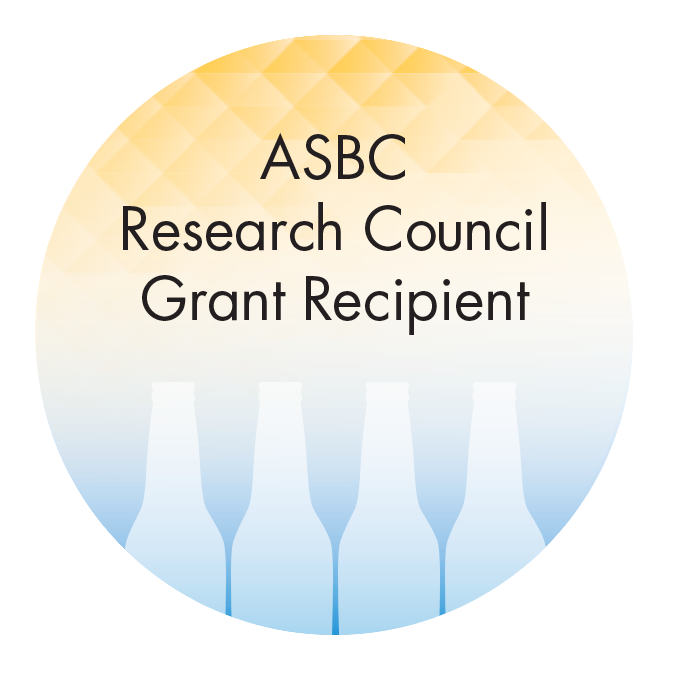|
|
Display Title
Page Content 2018 Project Grant
University of Nottingham, United Kingdom
Physiological Heterogeneity in Daughter Yeast Cells
During fermentation, yeast cells are subjected to a variety of stress factors which can cause damage to cell components. If cells accumulate damage over time, or are subjected to elevated levels of stress, this can ultimately lead to death. Populations with a high number of dead cells ferment poorly, resulting in fermentation inconsistencies, and potential flavour and sensorial defects. Within the brewing industry, ‘yeast health’ is typically evaluated by calculating the percentage of viable cells within a population. However, little is known about the nature of individuals within the culture and the reasons why some cells are able to survive through the process while others do not. To compound this issue, brewing yeast divide asexually through the process of budding, yielding daughter cells theoretically identical to the mother. Recent work in our laboratory has demonstrated that in fact brewing yeast populations display a large degree of heterogeneity, and cells can vary significantly in terms of their fermentation potential. In this study we aim to look at the relationship between cell divisional age and population heterogeneity. Specifically, we will isolate new 'daughter' cells and determine the intrinsic variation in stress resistance when compared to mixed age populations. This will reveal whether or not daughter cells inherit the same properties as parental cells, and provide insight as to whether variation between cells is acquired over time. It is anticipated that the data obtained will provide a greater understanding of the relationship between fermentation conditions and the health of a brewing yeast culture. Project Objectives
This project relates to current work within the Powell research group, where the extent of phenotypic heterogeneity in isogenic yeast populations is under investigation. Recent data has demonstrated that strains differ in terms of their phenotypic ‘plasticity’, and that some strains are more heterogeneous (reflective of the degree of similarity to others within the population) than others (Figure 1; Brindley et al, in preparation). However, no strains show absolute homogeneity, suggesting that there are some basic aspects of yeast population dynamics that should be investigated. Previous work has shown that daughter cells differ in their ability to assimilate wort sugars and reduce diacetyl when compared to normal (mixed age) populations (Powell et al, 2003). This is thought to be related to cell size and the physiological condition of daughter cells, specifically regarding the health of organelles, the composition of the cell envelope (cell wall and plasma membrane) and the make-up of the daughter yeast cell proteome. Based on these data, it is very likely that daughter cells may also differ in other physiological parameters, including stress tolerance. However, although we have analysed the extent of this variation in ‘mixed age’ populations the degree of diversity within fresh ‘daughter’ cells has yet to be elucidated. This is essential to investigate, since it will provide information on population diversity at ‘time point 0’, allowing the relative impact of subsequent environmental conditions on population heterogeneity to be determined.
Project Final Report
As a sponsorship benefit, a final report will be available in the fall of 2019.
|
|
|
